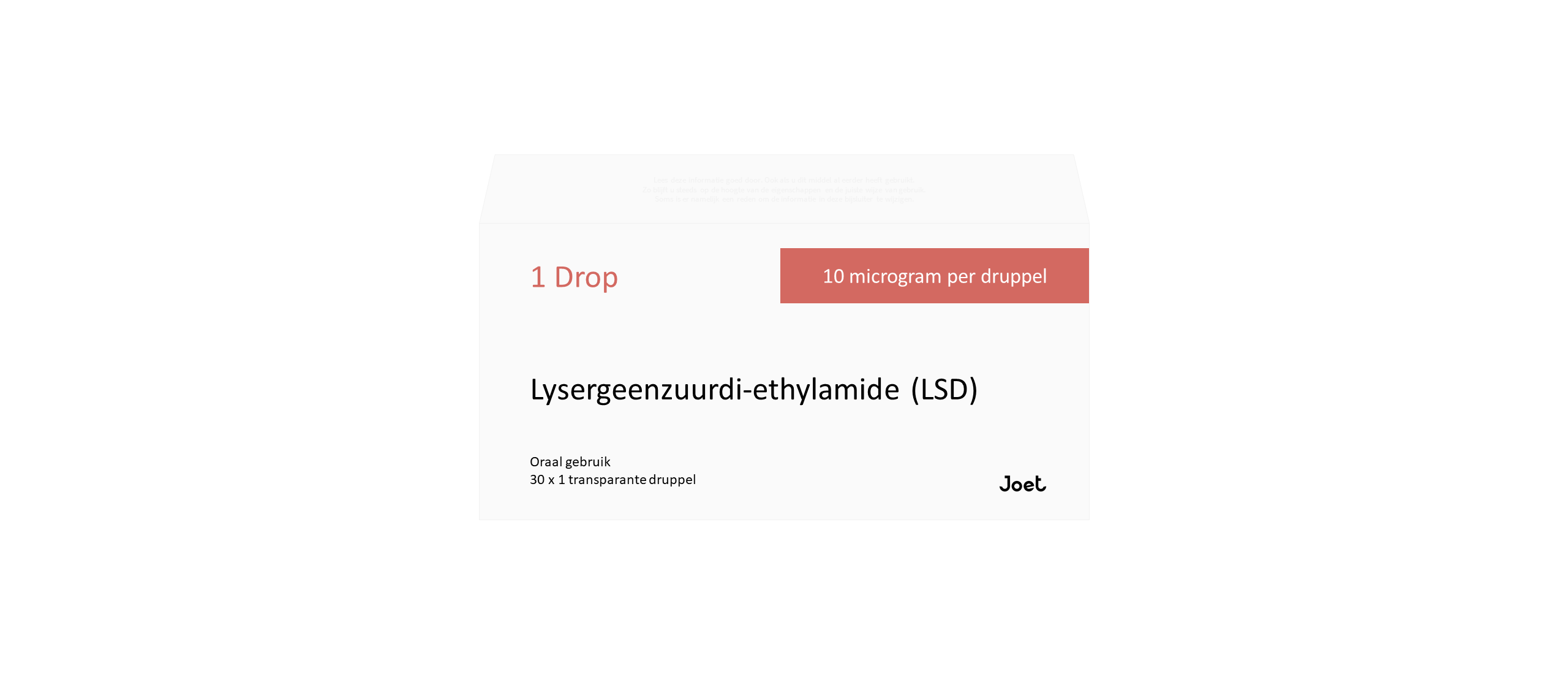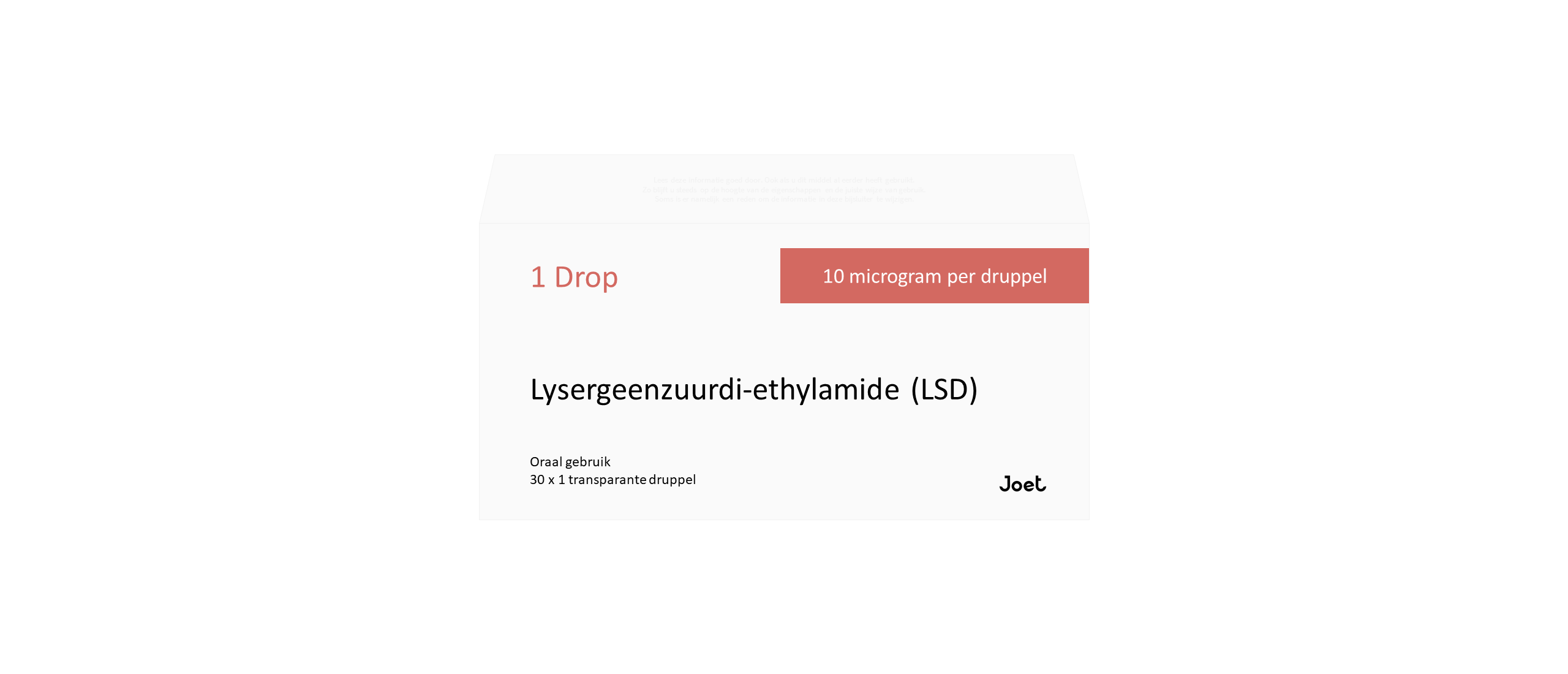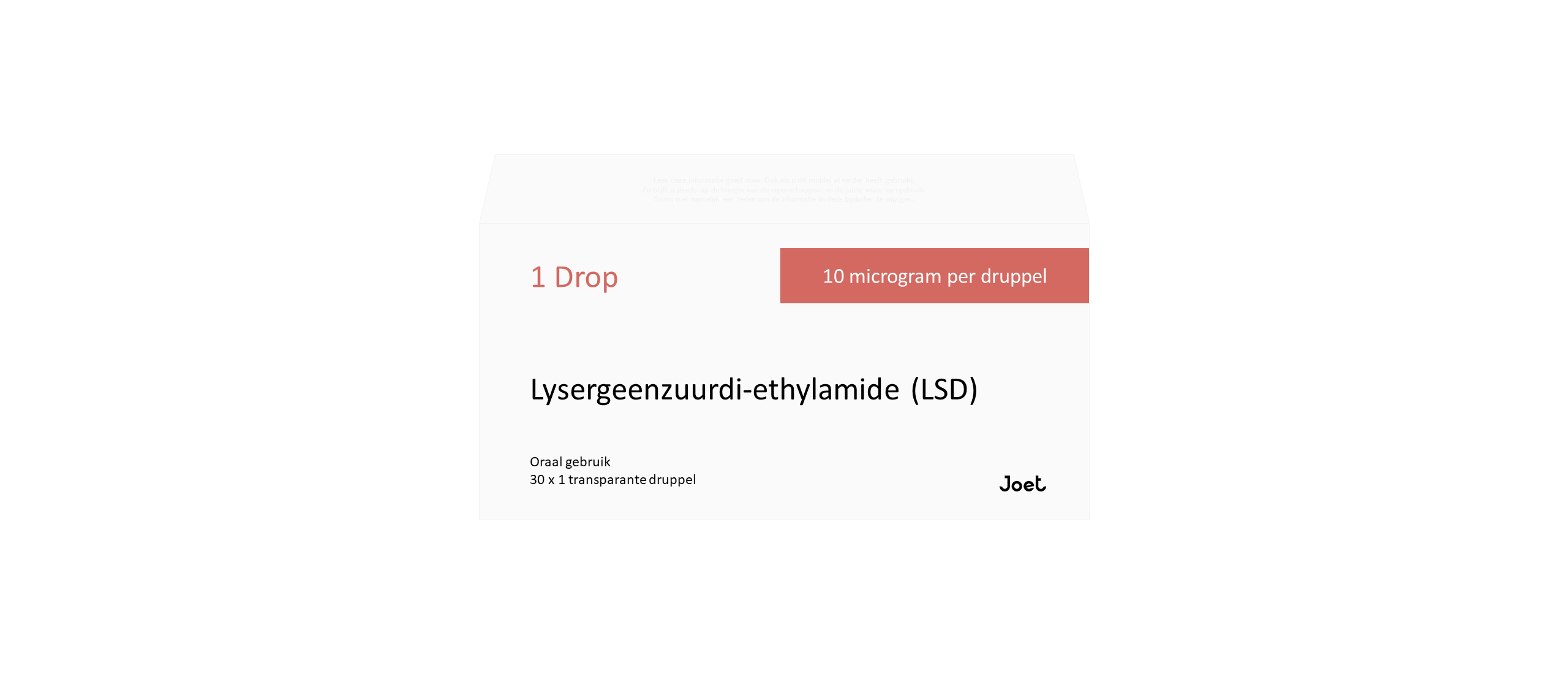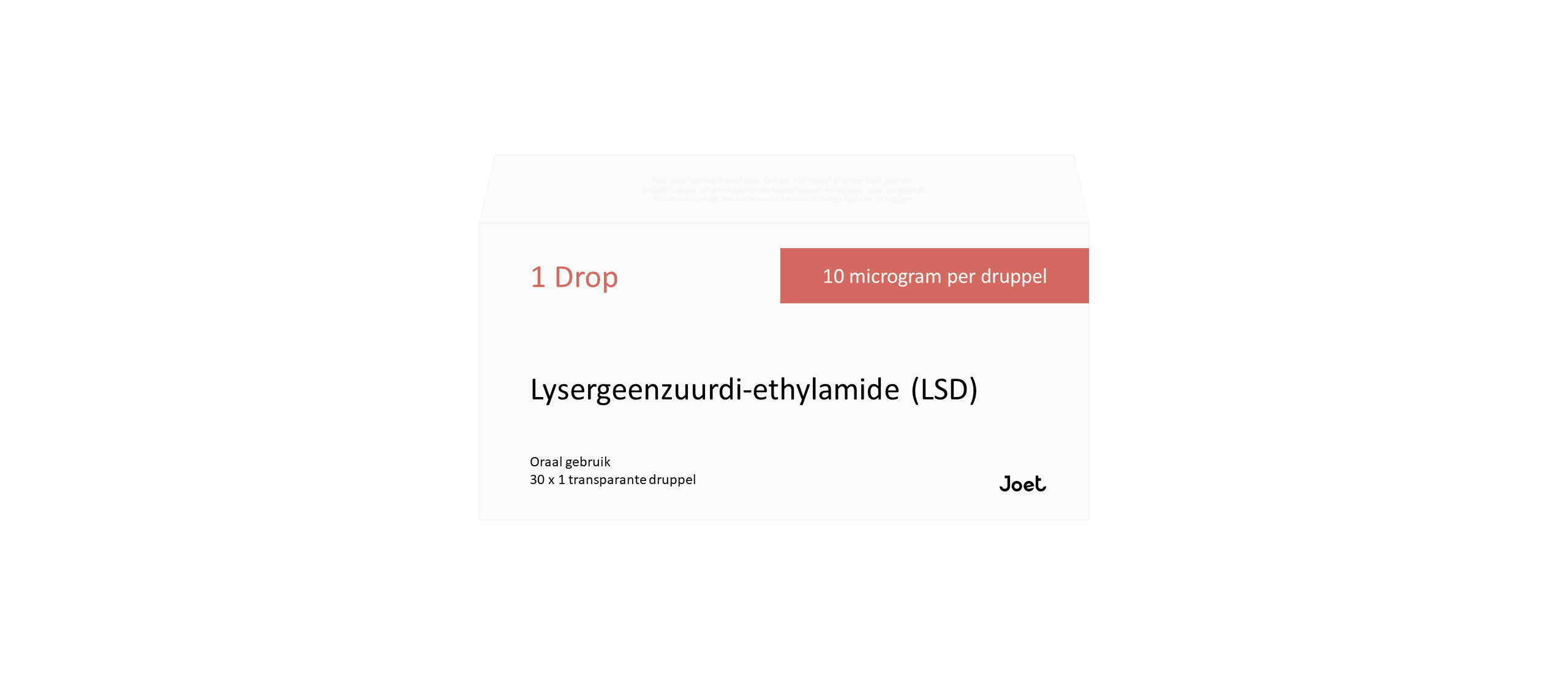Lysergic Acid Diethylamide (LSD)
Read this information carefully, even if you have used this medicine before. This will keep you informed about the properties and the correct way to use it. Sometimes there may be a reason to modify the information in this leaflet.
Applications
This medicine is intended for patients who suffer from
Composition
The transparent drops are available in pipette bottles of 5 ml. The active substance is LSD. Each drop contains 10 micrograms (mcg) of LSD. That is one millionth of a gram. A bottle contains about 30 drops, equivalent to a dosage for 30 days. A commonly used microdose of LSD is in the range of 5 to 10 µg [1].
Dosages
1 drop every 12 hours. Note! For example, let a drop fall on the back of your hand so that you can see that you are only releasing one drop from the pipette. If you dose directly into your mouth from the pipette, you will not be able to see the dosage. Make sure you can see that you are taking only one drop.
How does LSD work?
LSD demonstrably causes these emotions:
- Feelings of happiness [2]
- Trust and connection with others [2]
- Increased explicit and implicit emotional empathy [2]
- Reduced recognition of sad and anxious faces [2]
The physical effects of LSD occur due to stimulation of the sympathetic nervous system. Patients typically experience the following physical symptoms:
The physiological effects
The central nervous system consists of the brain and spinal cord [3]. The central nervous system consists of two basic types of cells:
- Neurons, the nerve cells that transmit and receive signals
- Glia, cells that provide structure in the brain [4]
Neurogenesis is the formation of neurons [5]. LSD is a potent stimulant to promote neuritogenesis [6]. Neuritogenesis is the process of the formation and growth of neurites. Neurites are the extensions of nerve cells (neurons) that transmit impulses to other neurons, muscle cells, or glands.
Lysergic Acid Diethylamide (LSD) also causes remodeling of dendrites of pyramidal nerve cells [7]. In healthy human participants, two neuroimaging studies confirmed that LSD leads to increases in functional connectivity between the thalamus and sensory-somatomotor cortical areas [8]. Additionally, LSD increased connectivity from the thalamus to the posterior cingulate cortex [9].
LSD takes about 2 hours to take effect after ingestion and lasts for about 12 hours [2]. Taking it during nighttime hours may make it more difficult to achieve deep sleep.
Addiction Index
1 = non-addictive
| Substance | Index |
|---|---|
| Tobacco | 9 |
| Alcohol | 7 |
| LSD | 3 |
| Magic truffles | 1 |
Registration
The registration holder of this medicine is
Joet, Stationsstraat 27C, 6741 DH Lunteren, the Netherlands, www.joet.nl
When should you not use LSD?
You should not use this medicine if you
- Have cardiovascular diseases [2]
- Are pregnant [2]
- Have epilepsy [2]
- Are paranoid [2]
- Experience psychosis [2]
- Have an organic-toxic cerebral disorder [2]
- Are using other medications
- Are under 18 *
* The substance enhances your awareness. It can make being a child beautiful precisely because of being unaware. Therefore, use only in extremely necessary situations with this understanding.
Ordering
Do you want to place an order? Click the button below to go to the order page.
Adverse Reaction Reporting Form
The registration of adverse reactions is used to share information at a consolidated level with future patients through this website, better informing them. If you experience any side effects, it would be greatly appreciated if you could share them with your peers through Joet.






